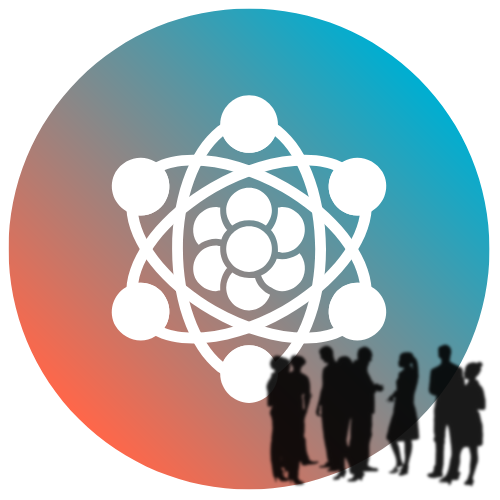Technology has made it easier than ever to reach one another — and harder than ever to truly connect. As businesses migrate to cloud-based communications and VoIP platforms, the tools themselves have become sleek, automated, and borderless. Yet the companies thriving in this new era aren’t just the ones adopting the best systems. They’re the ones using those systems to preserve something older and rarer: culture.
Communication at the speed of distance
A decade ago, “remote” meant occasional. Today it’s the default. Teams stretch across time zones, projects run asynchronously, and voice calls compete with a dozen digital channels for attention. Cloud-based communication tools — from VoIP to unified collaboration suites — make this possible.
But the same frictionless technology that keeps business running can quietly thin the human fabric of work. When every message is efficient, empathy can start to feel like inefficiency. When every call is logged and analyzed, spontaneity can vanish. The modern challenge isn’t getting people to talk — it’s helping them feel heard.
Culture doesn’t happen by accident
In physical offices, culture formed through proximity: hallway chats, shared meals, tone of voice. In digital spaces, it requires deliberate architecture. Leaders now have to design connection the way they once designed office layouts.
VoIP plays a surprising role here. Voice carries nuance — pauses, laughter, warmth — that text and even video sometimes flatten. Companies that encourage real voice conversations alongside chat maintain a richer sense of belonging. The goal isn’t to replace asynchronous tools but to balance them with the immediacy of sound.
Many teams have learned this the hard way: endless Slack threads solve tasks, but quick voice check-ins solve tension.
Building emotional bandwidth
The most successful distributed companies think in terms of emotional bandwidth. They treat communication quality as an asset. VoIP and UCaaS systems make it scalable — if used with intention.
- Accessible voice channels: Simple features like click-to-call or integrated softphones make reaching a teammate less formal and more human.
- Ritualized calls: Weekly voice stand-ups or open “virtual office hours” recreate the casual contact that keeps morale steady.
- Transparent call visibility: Shared dashboards help teams see who’s available, fostering trust without micromanagement.
It’s not the technology that creates culture; it’s the rhythm of how people use it.
Empathy meets analytics
VoIP analytics can now reveal patterns about team health — frequency of calls, length of pauses, or spikes in missed connections. When interpreted thoughtfully, those numbers highlight more than performance; they reveal mood.
A sudden drop in internal call volume may signal disengagement or burnout. Rising hold times in customer service may point to frustration behind the scenes. Leaders who combine data awareness with human intuition can intervene before morale fractures.
This is where culture and metrics intertwine: empathy backed by evidence.
Leadership in a disembodied workplace
When the workplace is distributed, leadership becomes largely vocal. A manager’s tone replaces their office presence. Words have to carry what facial expressions once did. VoIP systems that enable easy, spontaneous outreach — a quick “got a minute?” — help flatten hierarchy and keep relationships real.
Some leaders go further, using short recorded messages to celebrate wins or share updates across teams. Hearing a genuine voice, not a typed memo, restores a sense of shared momentum.
The paradox of digital leadership is that the less physical presence you have, the more emotional clarity your voice must hold.
Diversity, inclusion, and belonging at scale
Cloud communications also make culture more inclusive — if designed with care. VoIP’s accessibility features, live captioning, and translation tools bring more voices into the conversation. Remote work can widen hiring pools and flatten regional privilege.
But inclusion isn’t automatic. Time-zone fairness, cultural tone awareness, and meeting equity still depend on conscious habits. Technology can amplify good culture or expose the lack of it; the difference lies in leadership intent.
The next evolution: humane automation
AI is now entering the communication layer — summarizing calls, flagging sentiment, and even coaching tone. These tools promise efficiency but risk stripping warmth if used bluntly. The future of cloud communication will hinge on humane automation: AI that enhances clarity without erasing character.
Companies that blend precision with presence — letting machines handle repetition while humans handle relationship — will build cultures resilient enough for whatever comes next.
Closing thought
The cloud connects everything but doesn’t automatically connect us. Culture remains the differentiator: the trust, empathy, and shared rhythm that make teams more than networks.
VoIP and UCaaS give businesses the reach to span continents; the human factor gives them the strength to matter once they do. The future of communication will belong not to the fastest systems, but to the ones that still sound alive.

